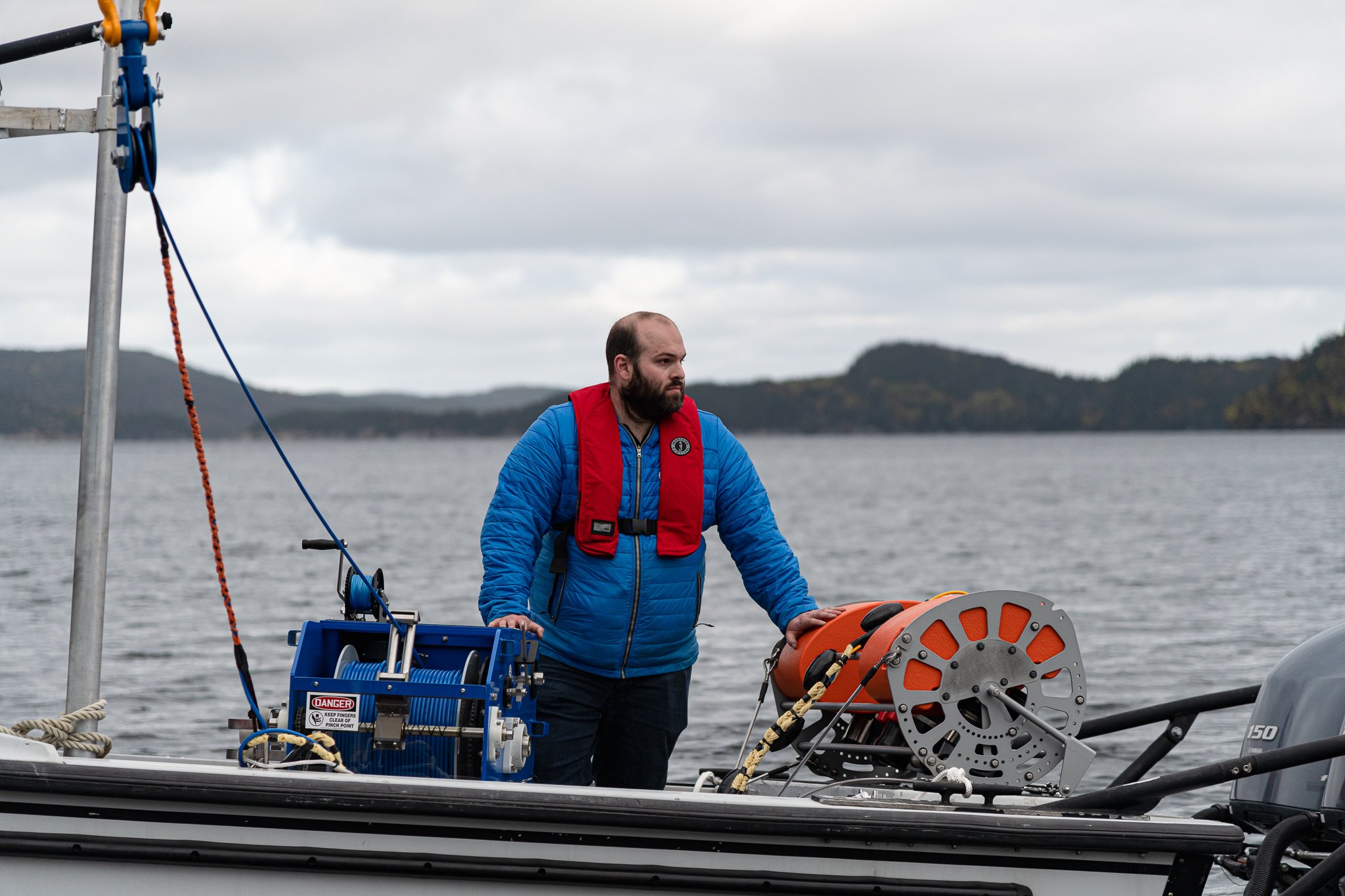Seafloor Mapping Innovations - The Why Behind the Tow Camera System
We’re always thinking about you, the customer, when designing the best subsea products and systems to solve your problems. So when we identified a potential need in the market for a seafloor mapping solution, we knew we needed to learn more and validate our thinking. We brought in the Government of Canada’s Department of Fisheries and Oceans (DFO) for their feedback and to understand the challenges they face when mapping and imaging the seafloor. The result is SubC’s newest innovation -- the Tow Camera System.
Above: SubC’s new Tow Camera System was developed by understanding faced by customers when mapping and imaging the seafloor.
Understanding Marine Survey Challenges
Regular customer meetings allow us to continually refine and upgrade our camera systems so we can remain on the leading edge of subsea imaging technology. It was during one of these regular meetings with DFO, a long-time SubC customer, where they identified some of the challenges they were facing when considering some of their upcoming initiatives. We came to learn that these same challenges are faced by other SubC customers and companies in the marine observation, fisheries research, and conversation fields.
1. Gap in Seafloor Mapping Solutions
There was no cost-effective and easy way to conduct certain types of research or projects. When an ocean survey needs to cover a wide area in high-resolution digital stills or video, the only current option is expensive AUV or ROV solutions, or in-house development that lacks expertise.
Above: An example of a complicated, time-consuming and costly DIY camera system.
2. Time-Consuming & Costly DIY
In order to collect the same type of footage and post-survey report generation, clients currently have to build their own system from a collection of components, which can be time-consuming and costly. What’s more, the success of these homegrown subsea imaging amalgamations relies on constant trial and error and troubleshooting.
3. Environmental Impact
Some surveys need to traverse through marine protected environments or are unable to access certain habitats. Researchers are conscious of this and want to avoid the potentially damaging environmental impact. However, this also prevents them from fully gathering all of the data they need.
4. Need to Future-Proof
Like any business or organization, priorities are constantly changing and DFO wanted a system that would work for their current initiatives but also help in future applications. The system also needed to be cost-conscious as budgets evolve while still providing the ability to produce the high-quality images they need for their initiatives.
Above: SubC’s Engineering Manager took part in several sea trails to field-test the Tow Camera System.
Underwater Tow Camera Innovations
With the challenges identified, the SubC team went straight to work. “We already had a top-quality solution to take 4K and HD video and stills with our Rayfin camera and high-performing LEDs and lasers,” SubC Founder & CEO Chad Collett explains, “so our main focus was designing a cost-effective frame and tow solution that was unlike the drop camera systems that are currently in the market. Plus, we needed to ensure the product we developed would solve our client’s main pain points. What we ended up with was that and much more. Everything has been refined based on feedback and proven in the multiple testing and sea trials we conducted with the Fisheries and Marine Institute as well as DFO.”
Stable, Rugged Frame
The frame is built to be hydro-dynamic with a stable platform while maintaining a constant altitude. The rugged design allows the system to maneuver over obstacles like rocks or fishing traps. “It really is the ideal solution for collecting transects of seafloor footage from vessels working in coastal waters.” says Collett.
All-In-One System
Instead of research groups having to develop their own tow camera platform and integrate various sensors and software, they can obtain a ready-to-deploy system complete with frame, tow cable, Rayfin camera and control software, LEDs, lights, and data logger. “We’ve even partnered with another Canadian company to provide an optional winch system to help with deployment.” continues Collett.
New Boost-Power Comms Technology
One of the biggest innovations that happened during product development was SubC’s new Boost-Power Comms technology. This technology can transmit power and data over a low-cost twisted-pair subsea cable. It can provide enough power to drive the camera, two LEDs, lasers, and other sensors while enabling live HD video and data to the surface.
Environmentally Conscious Design
“We know how important environmental stewardship is,” says Collett, “so the system has been designed to have little to no contact with the seafloor”. This is achieved without any active components such as thrusters. The intelligent design uses hydrodynamics, buoyancy, a small drag-chain and a clump-weight with embedded altimeter to passively control distance to seafloor from the camera system. This ensures that photos and video have a consistent subject distance.
Wide-ranging Seafloor Survey Applications
While the idea was born to help clients with marine benthic monitoring, the potential of the Tow Camera System is much broader. “In the development of the Tow Camera System, we had discussions with other companies to see how else this system could be used.” continues Collett, “We've had interest from those investigating archeological sites to fisheries research, and conservation projects. It can even be used for search and rescue; really any kind of ocean survey that requires consistent transect imaging of the seafloor”.
Future Collaboration and Innovation
SubC Imaging’s mission is to continuously create the most technologically advanced and intelligent subsea imaging equipment and software for marine research, offshore oil and gas, aquaculture, fisheries, and other industries. What’s more, we work with our clients to tailor our systems for their exact needs. We’ll continue collaborating with our clients and innovating to move the entire industry forward.





